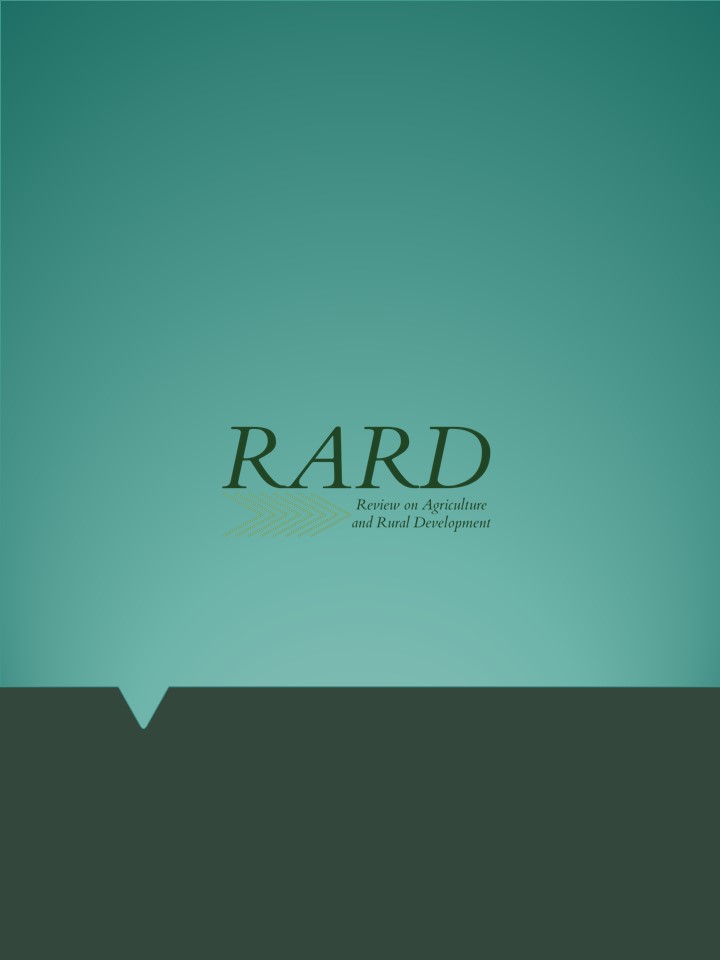Challenges of establishing the circular oyster mushroom production model in Kenya
Main Article Content
Abstract
Pilze-Nagy Ltd., the largest oyster mushroom producer in Central Eastern Europe, has been applying circular model in industrial practice for years. The key is the biogas plant which secures the by-product valorisation to renewable energy and the closure of the nutrient loop by returning the digestate to the fields. To further expand the scope of this system, the company is tailoring this model in Kenya to answer the food security, climate change and demographic challenges. This follows a systematic, step-by-step method to map the local possibilities, understand the challenges and adapt our know-how through technology transfer. The circular system involves feedstock assessment and substrate development, development of the tailored oyster mushroom production circle and oyster mushroom market study. Results show that there are available different local biomass feedstocks appropriate to grow oyster mushroom even when using the traditional low tech substrate preparation method. The key market for oyster mushroom in Kenya is the urbanized and growing mid-class population of large cities, such as Nairobi. The climatic conditions of the surrounding of Nairobi (i.e. close to market) offer good conditions for mushroom growing as with minimal equipment and energy investment the near optimal environmental parameters can be set. The analyses of all steps indicate that there is potential to tailor circular oyster mushroom concept in Kenya, not just by biological, physical and climatic conditions but also considering market and economic burdens. This system further presents small-scale farmers in Kenya with diversified incomes.
Article Details
Funding data
-
Horizon 2020 Framework Programme
Grant numbers No 862555 (ERA-NET COFUND /EJP COFUND)
